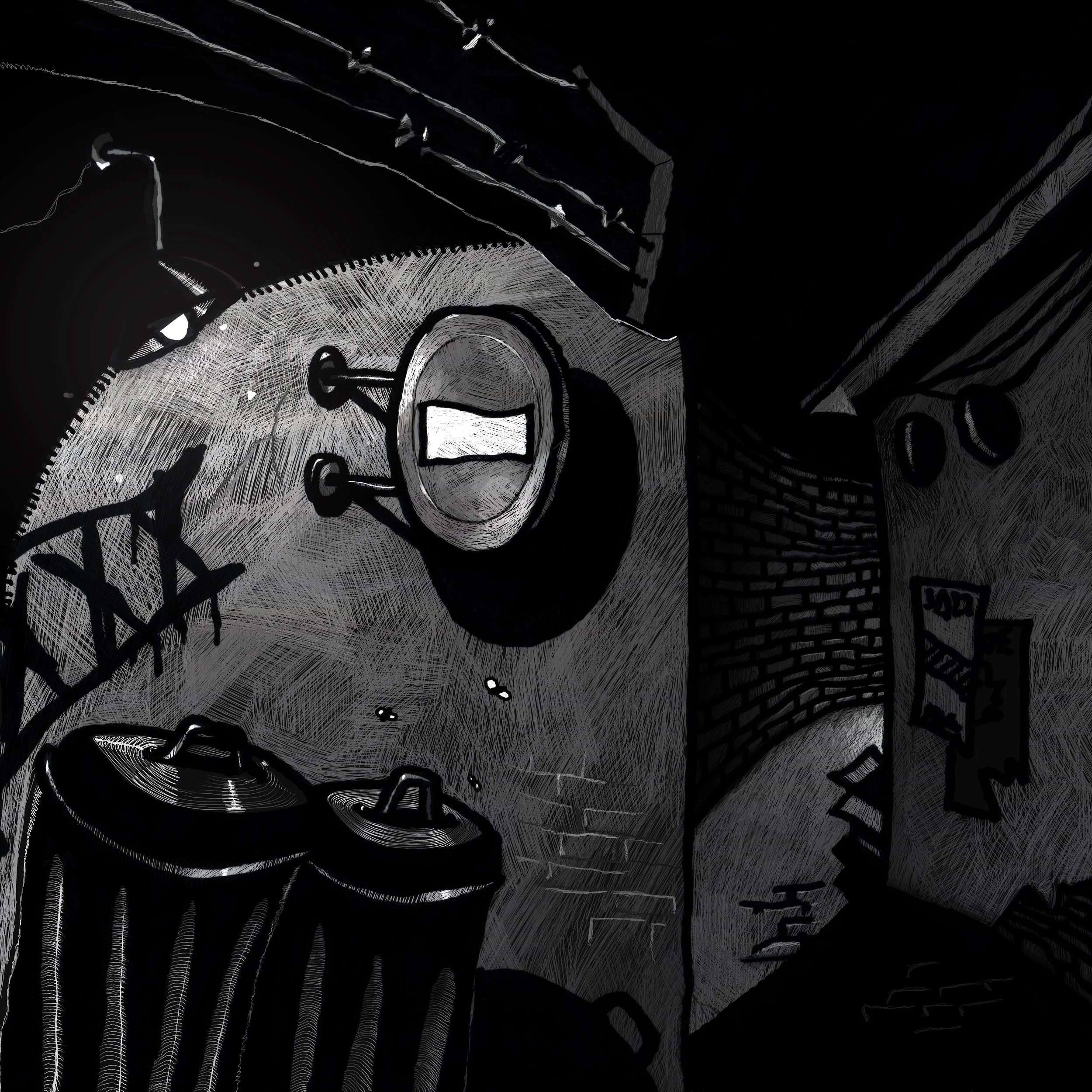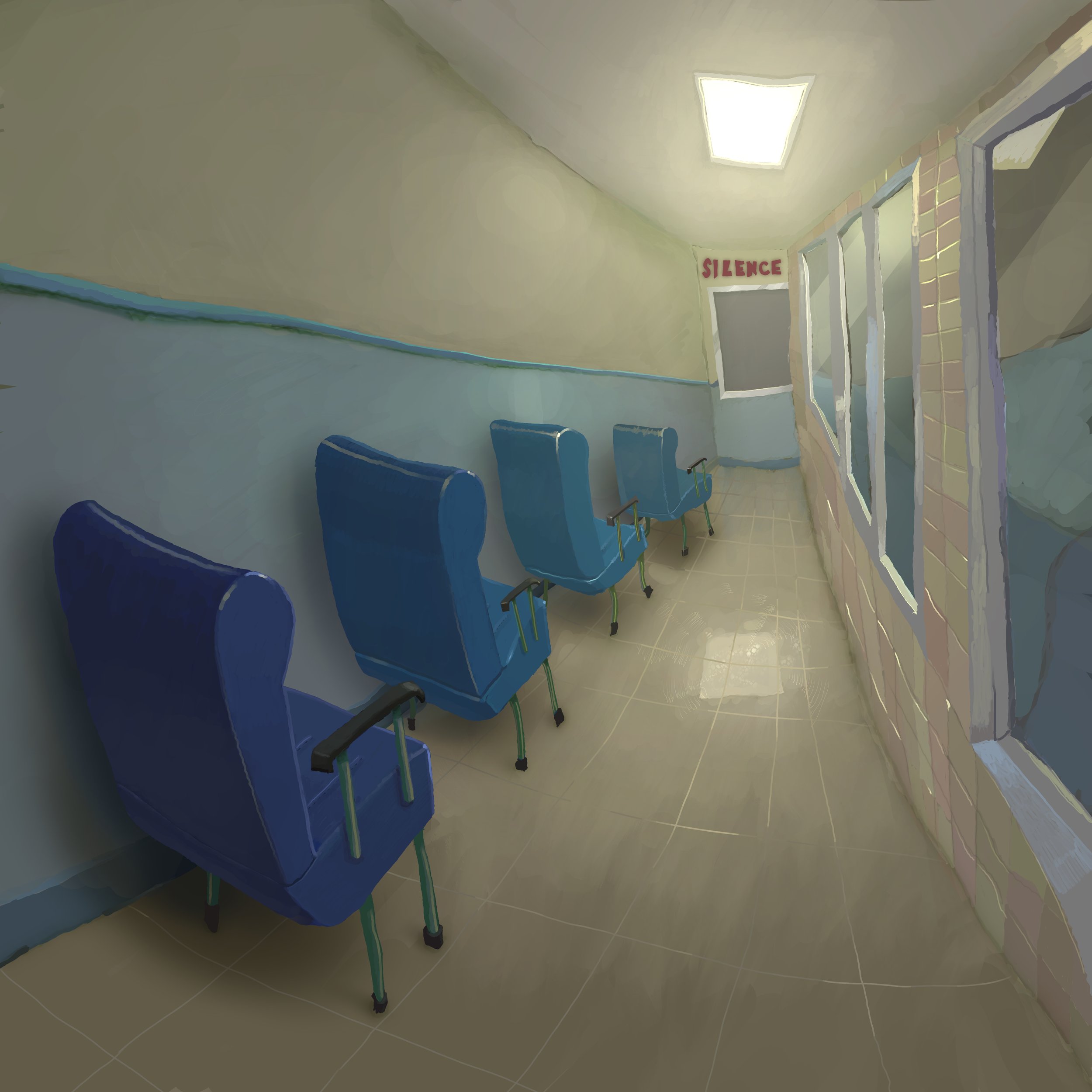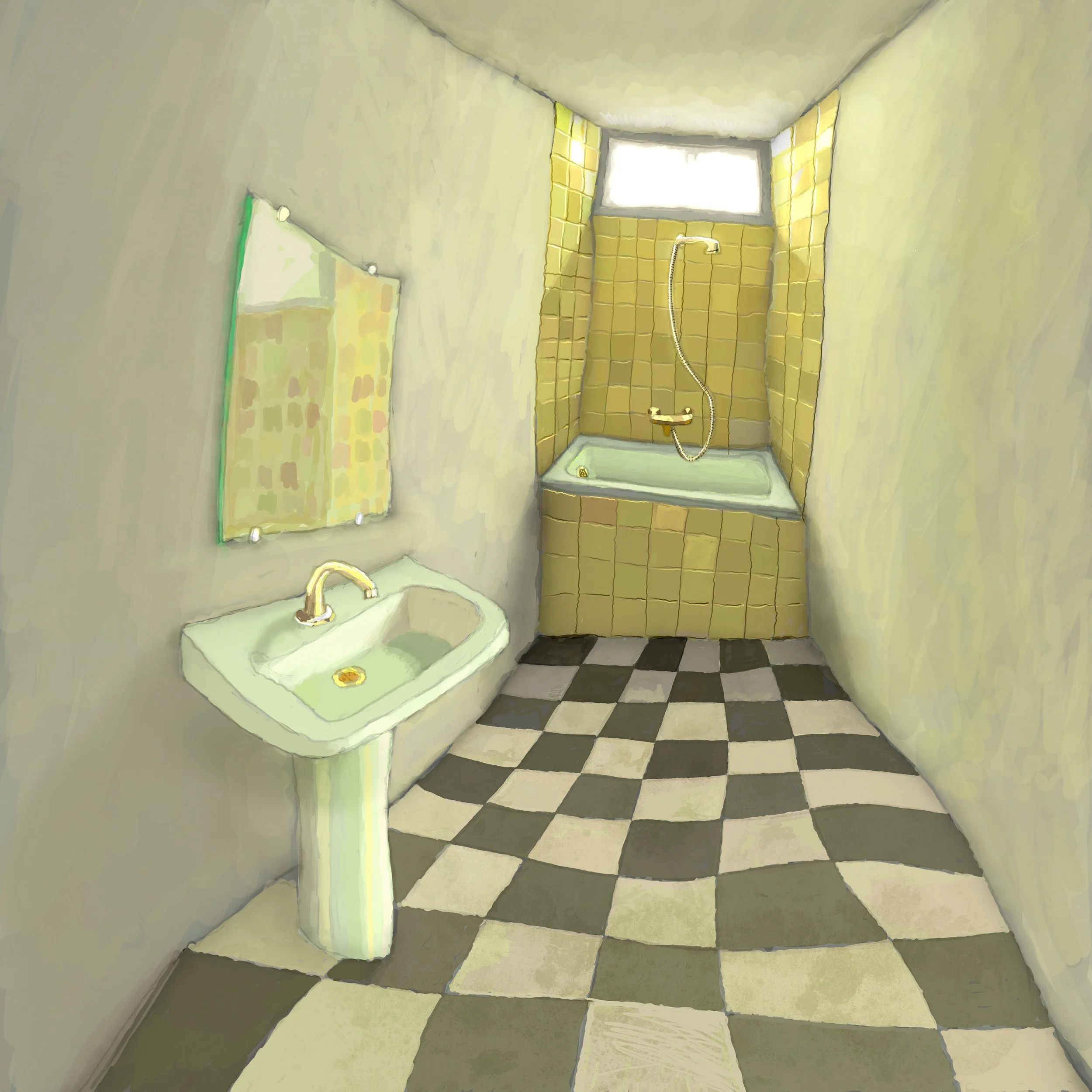About Nacho Frades
My name is Nacho Frades, I was born in 1967 in Madrid. I remember my childhood doing always some kind of “art”, drawing, building structures with wood colored pieces, I was very introvert, at the age of 10 I went to Museo del Prado and saw a Goyas´s dog painted, and I wanted to replicate with oils. But the most intense memory I have related to painting in this times, was to see a portrait of El Greco, on a furniture, and realize it were only colors, and strokes.
In 1980, when I was 13, I decided to be a painter, mentally, in the deepest of my heart. So I continued painting and drawing. And started my formation. At this age I was rejected in a drawing contest because a “child can’t draw so well…” this was very frustrating in that moment, but in reality, I think, with that sentence, I won the contest somehow.
In 1987, I was 20, something magical happened, I found a program, called Deluxe Paint, I installed it and I saw a new world, it was very basic, but it allowed me to paint with light! I was obsessed, doing a drawing after another.
After this exciting discovery’s I started to learn 3D to work in the future, and after some turbulences, I started to work in computer animation, where I meet very good friends. I did two films in about 6 years, working very very hard, so I learnt a lot about computer graphics, color, lighting, and so on.
I also did a master in Jerez de la Frontera, with the great painter Antonio López, he inspired me a lot, talked about realism, painter’s life, and I showed him some works he loved very much.
Later I decided to be a full time artist, I was in the kitchen with my wife and said “desde ahora solo voy a pintar” (from now on I am only going to paint). And I did it, now I’m full time artist.
What moves me to do art is so deep I can’t explain it, it´s as natural as to love a son.
I don’t “design” my works, I usually am doing anything, listening jazz i.e., and I imagine, better said, I “see” a world, and I know I am not gonna sleep that night :) because I start to work, in digital painting, or 3D, I usually work on IPad for digital painting, and workstation for 3D.
What I want to leave in this world is my art, my dreams, my expression, it’s a very personal art, almost a diary of my dreams.
My inspiration, comes from everywhere, comics, art, music, video games, books, old films, pixel art, but overall what I feel when I imagine.
My influences in painting has been artists like Giorgio de Chirico, Edward Hooper, Hockney, Vincent, and a lot of artists, but surprisingly my main influence are musicians like Stravinsky, Alban Berg, or the genius of jazz music, Thelonious Monk…
My style is sincere, I paint this way, since I was a child, so for me it’s not an effort. In each work, I don’t think in nothing but the work, to finish it as I saw it in the imagination. I always try to achieve a perfect result, artistically, it’s very influenced by drawing, I always do a drawing, scan it and paint, and that distorted lines and impossible but natural perspectives influence the result, in painting I try to paint light, this was learnt seeing live works of Velázquez and Sorolla, so light is my target, to illuminate the viewer in a distorted reality.
I could describe my work as “Frozen Light” I want to paint questions, questions to the viewer, I want to paint light, color, atmosphere, temperature, time of the day, like little holograms of an instant of perfect perception. I put all my mind when painting, it’s almost a deep meditation for me, I’m only painting and there is no room for other thoughts. I am very prolific, I have painted, more than one thousand artworks, basically because I’m always working, and I enjoy it.
I have always thought and image explains it all, so I invite you to see the artworks in this website.
Do not hesitate to contact me if you have any question.
Thank you very much.
Nacho.
EDUCATION
JOSE CABALLERO MASTER
Spain, 2000
CBA
Spain, 1996
ANTONIO LOPEZ MASTER
Spain, 1995
IADE
Spain, 1992
ARTS AND CRAFTS
Spain, 1990
Peña Academy
Spain, 1985
DIANA ACADEMY
Spain, 1980
EXHIBITIONS
MOCA Museum of CryptoArt, genesis collection.
United States of America, 2025
MoCDA Museum of Contemporary Digital Art. Permanent Collection.
United Kingdom, 2025
TIMES SQUARE BILLBOARD (Superchief Gallery)
United States of America, 2024
WORLDWIDE EXHIBITION IN THOUSAND BILLBOARDS ALL AROUND THE WORLD.
Belgium, 2024
ARTCRUSH TIMES SQUARE BILLBOARD (Artcrush Gallery)
United States of America, 2024
REMOTE CONTROL Superchief Gallery.
United States of America, 2024
ADA
Spain, 2019
MALDELOSNERVIOS
Spain, 2005
AFFORDABLE ART
United Kingdom, 2000






